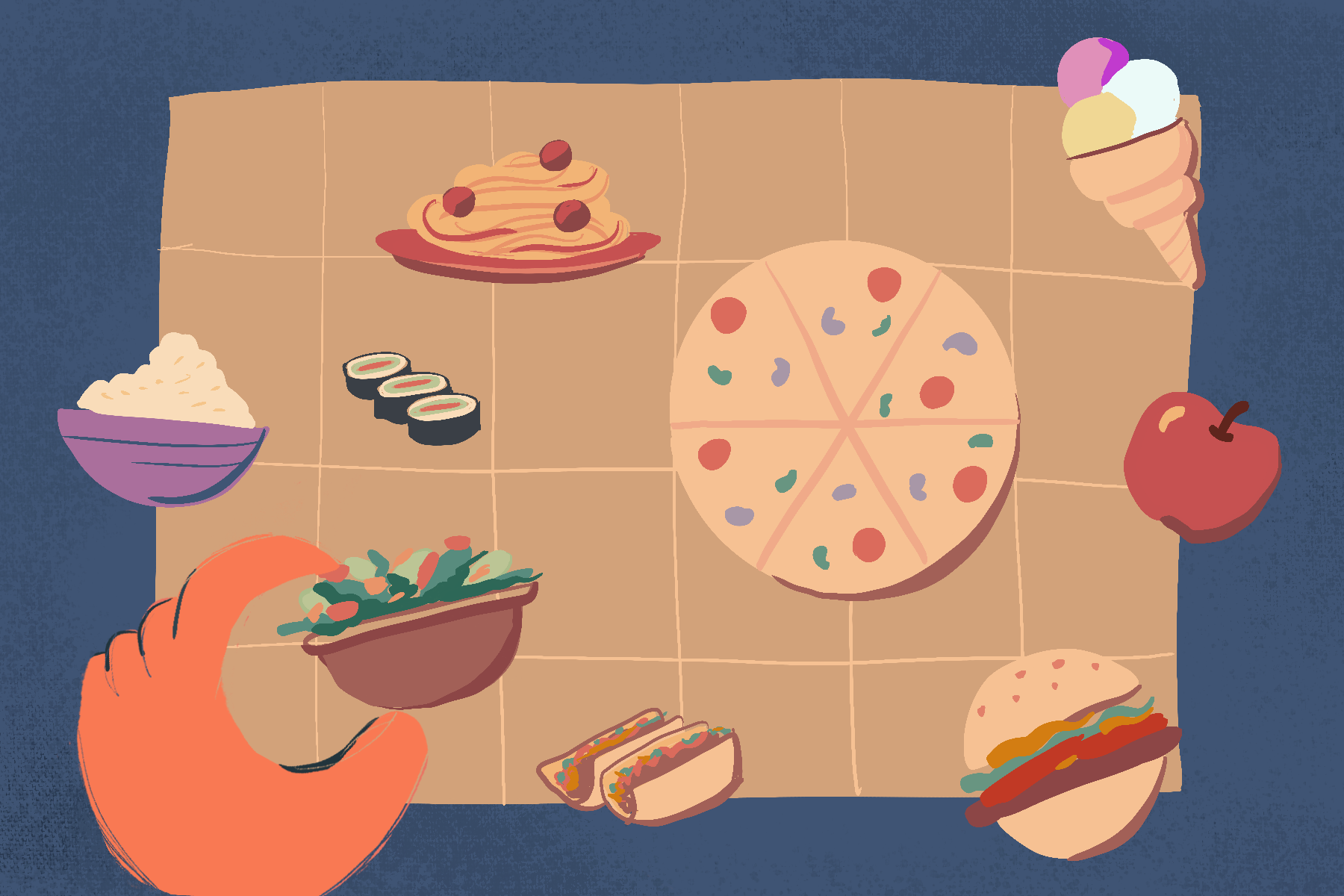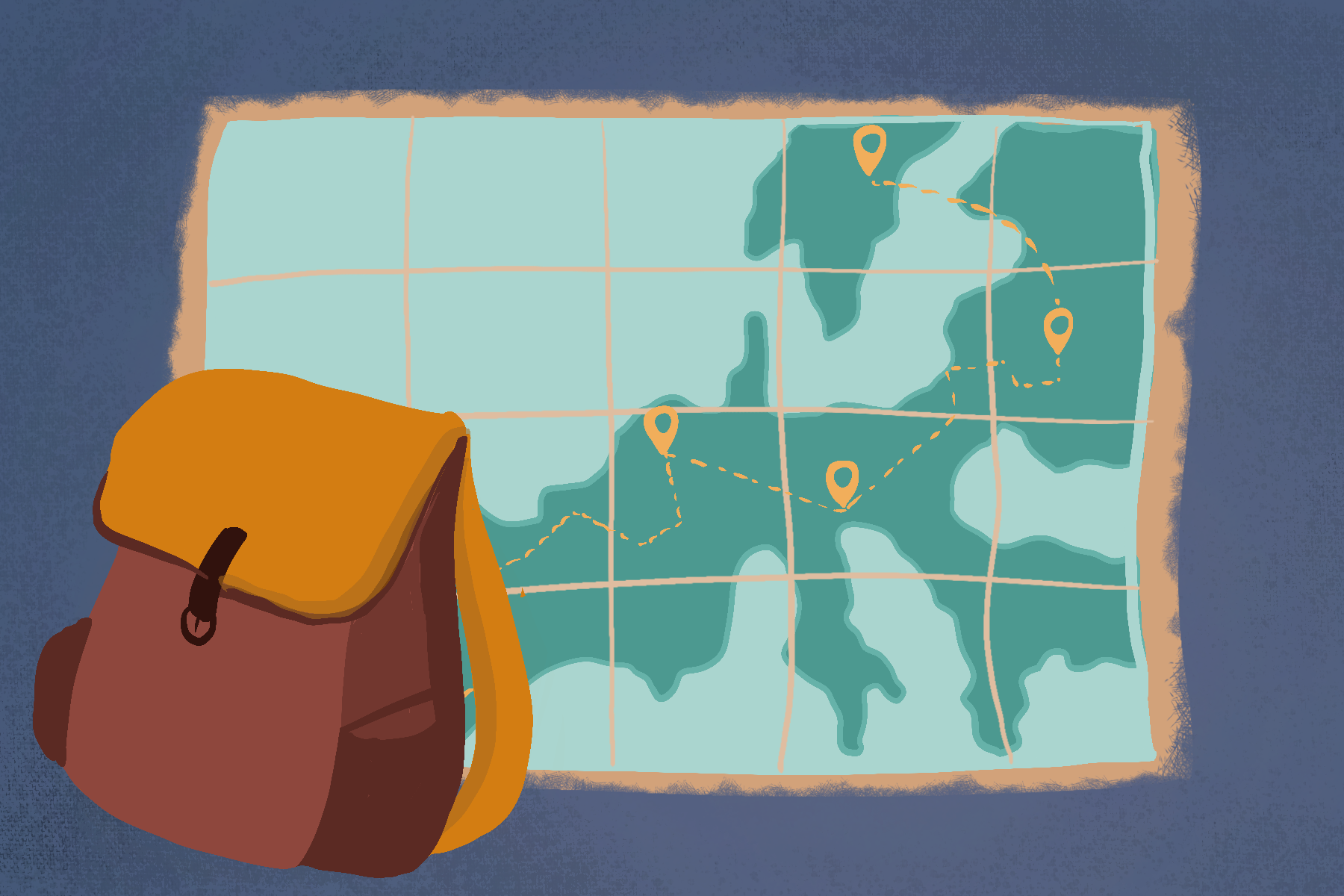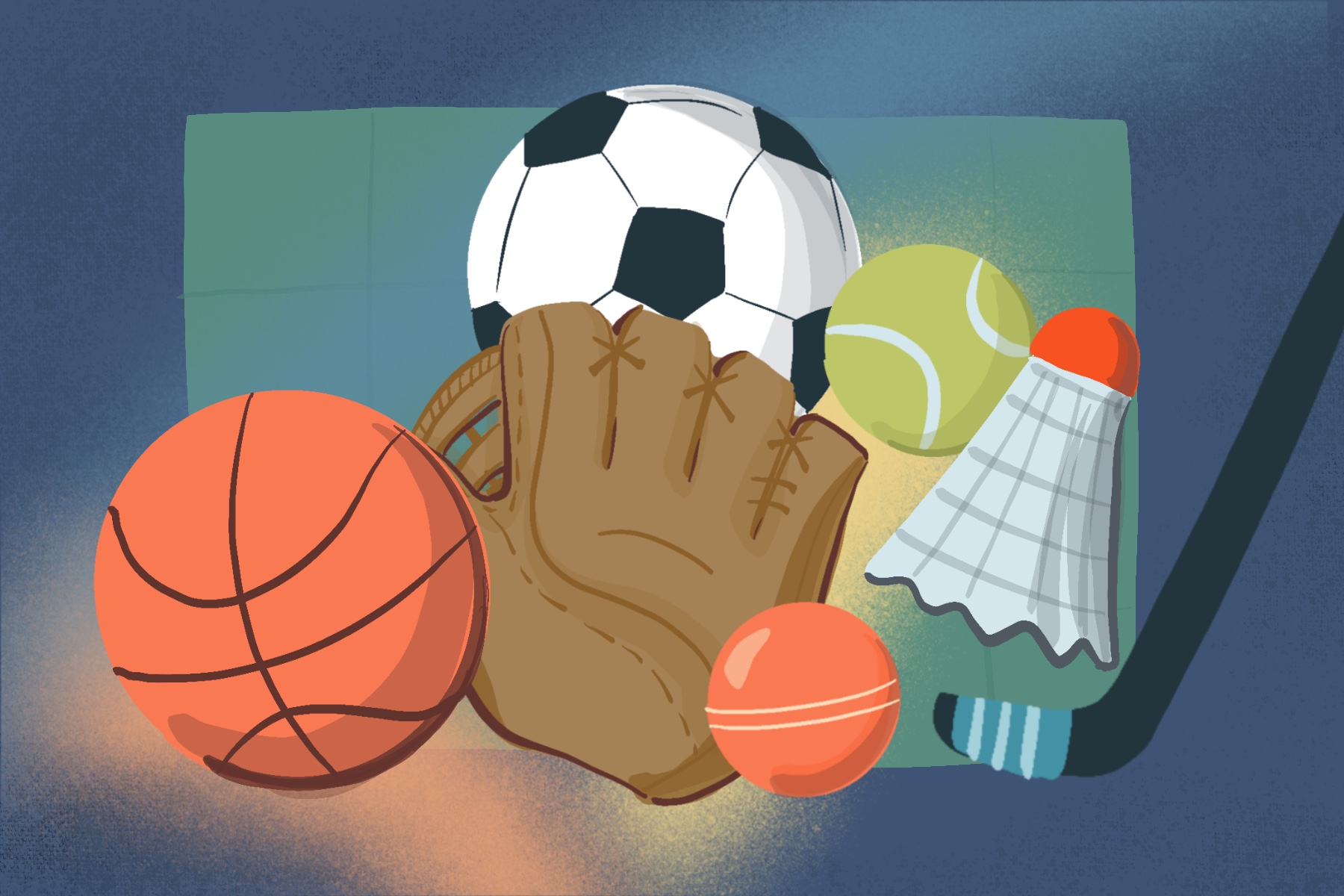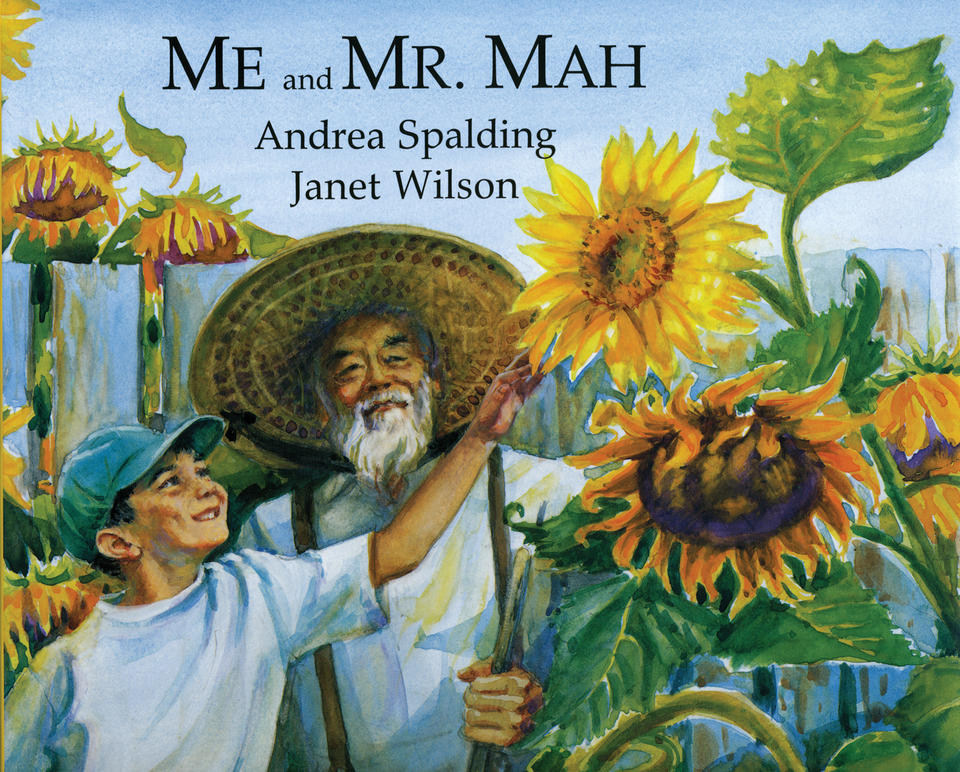
What's for dinner?
On-Screen Activity Unplugged Coding Experience Goal Based
What you need
Tools
Device with internet access
Skills
- Communication
- Creativity
- Debugging
- Directional
- Planning
- Sequencing
- Social skills
Environment
Weavly coding environment
Support
Adult moderator and two or more players
Description
This activity consists of two main parts. First, participants share their experiences about food. Then, they can work in pairs to plan a meal together. Through this process, they will use Weavly to build a program to pick up their required ingredients from the grocery store.
- What’s for dinner? Activity link

Moderators can use this blurb to describe the background for the players before they start their adventure:
“This background shows a grocery store. The store entrance and three large lighting fixtures are at the top left corner. Below the entrance, there is a basket with different kinds of bread. At the bottom left corner, there is the vegetable stand that includes cucumber, tomatoes, eggplants, carrots, green leaves, and broccoli. On top of this stand, there are containers for onions and potatoes. In the top middle, there is a fridge for beef, chicken, and fish. In the middle of this background, there is the fruit stand that includes pineapples, apples, pears, oranges, watermelon, strawberries, bananas, and grapes. On the right side, there are two shelves at the top corner. On the upper shelf, there are several canned items and jars of different things. On the lower shelf, there is a bag of grains, boxes of pasta, and containers of oil and other liquids. Right below these shelves, there is another fridge for milk, juice, eggs, cheese, yogurt, tofu, and other containers. Your on-screen character is a shopping cart”
Steps
- Select the activity link above.
- Have a conversation with your partner about what your favorite meal is; who makes it for you; when was the last time you tried it?
- Work with your partner to plan a meal for dinner that you both like.
- Make a grocery list for items you need to prepare that dinner.
- Check out the grocery store background to find out which sections you need to visit to pick up your ingredients.
- Build your program to move your shopping cart across the store and pick up the items you need.
Tips
If you can’t find a specific ingredient you need in this background, try to be flexible. There are several generic items here, such as the green leaves, cans, containers, or jars that can represent what you have in mind.
Level Up!
If you had only $20 to make a meal for your family, what would you make? Have a conversation with your partner to come up with a plan. Then, make a list of ingredients you need to buy. You can come up with an approximate price for different items. Have a conversation with your partner about what you think is cheap or expensive and still make up a healthy meal for your family. Build a program to pick up your ingredients.
You may like this:

Let's go to Europe!
On-Screen · Unplugged Coding Experience · Goal Based
In this activity, learners build a program to travel to different countries and cities across Europe.

Game on!
On-Screen · Unplugged Coding Experience · Goal Based
In this activity, learners build a program to take their character to their favourite sports and share personal experiences about playing those games.
